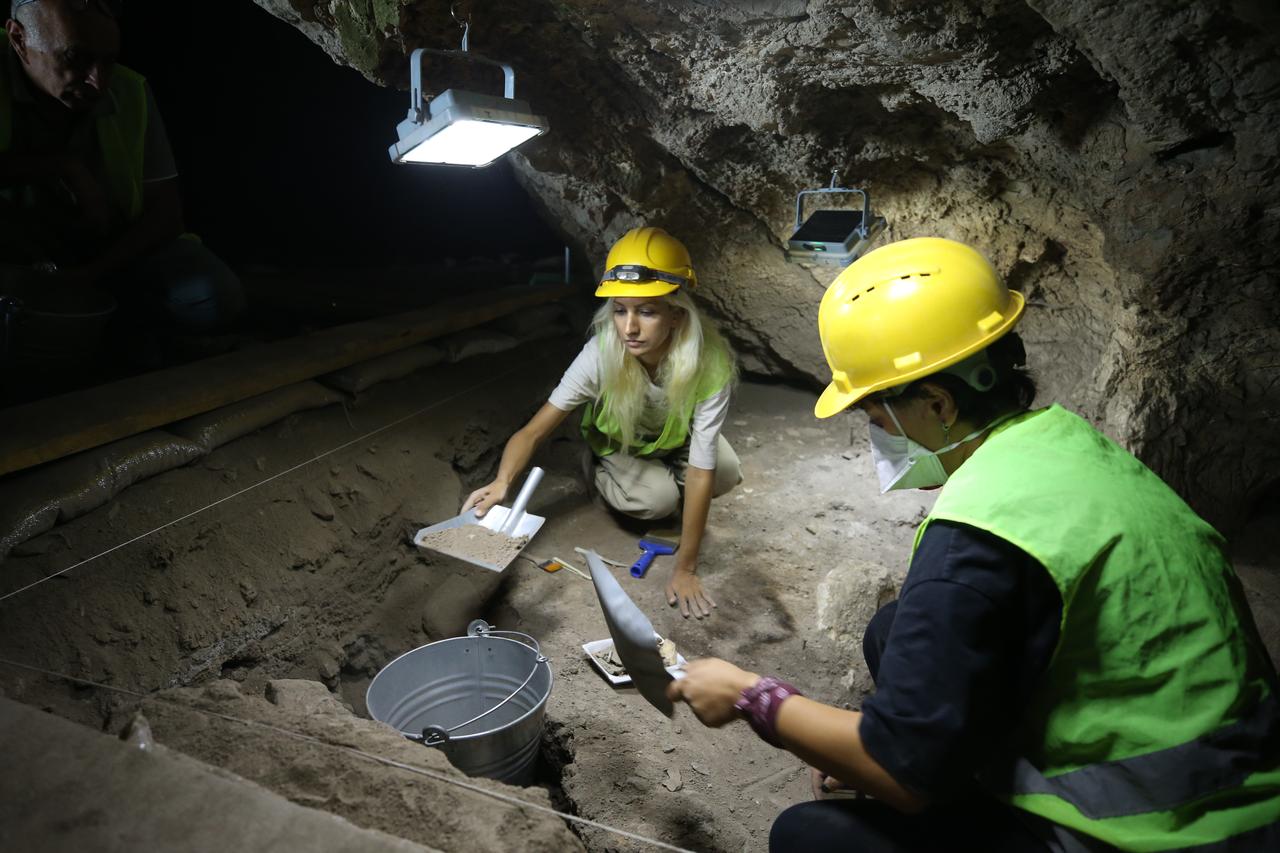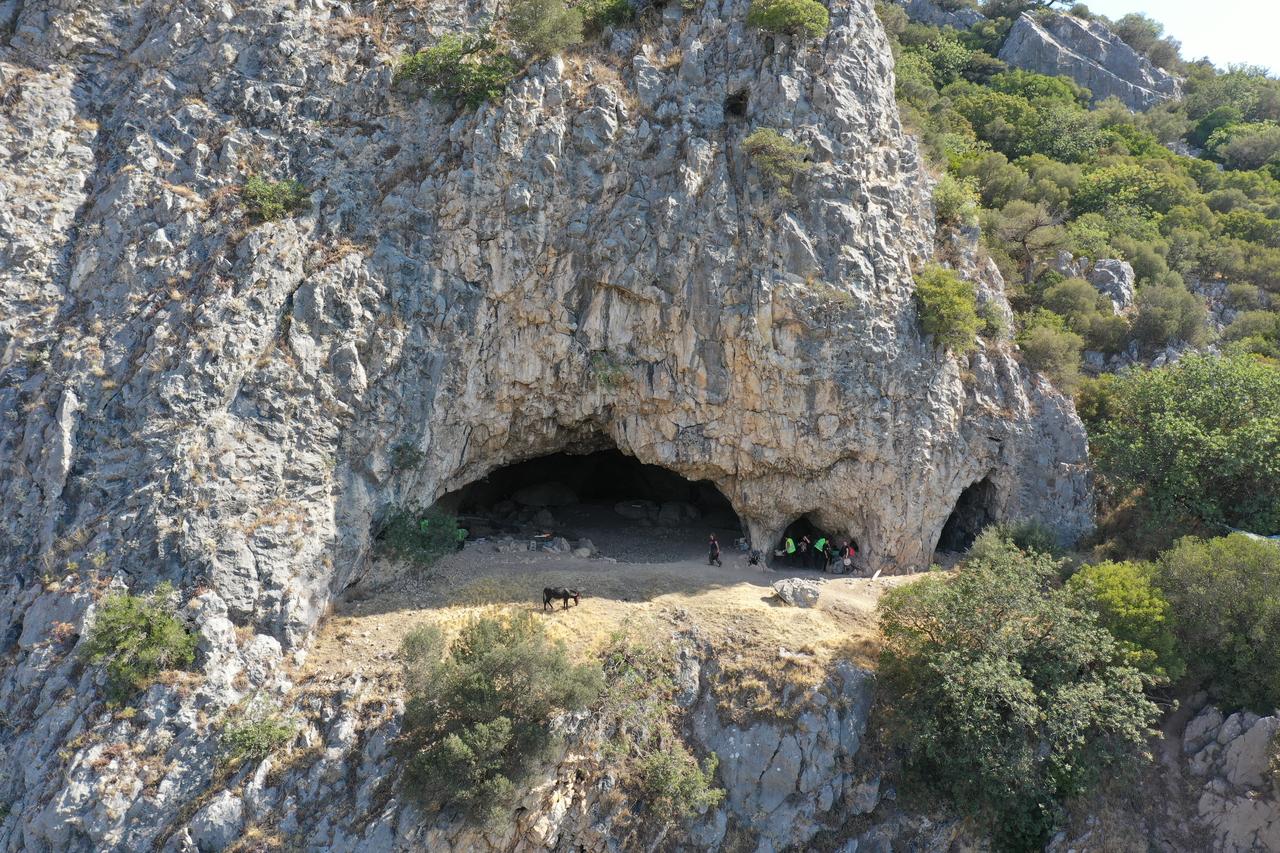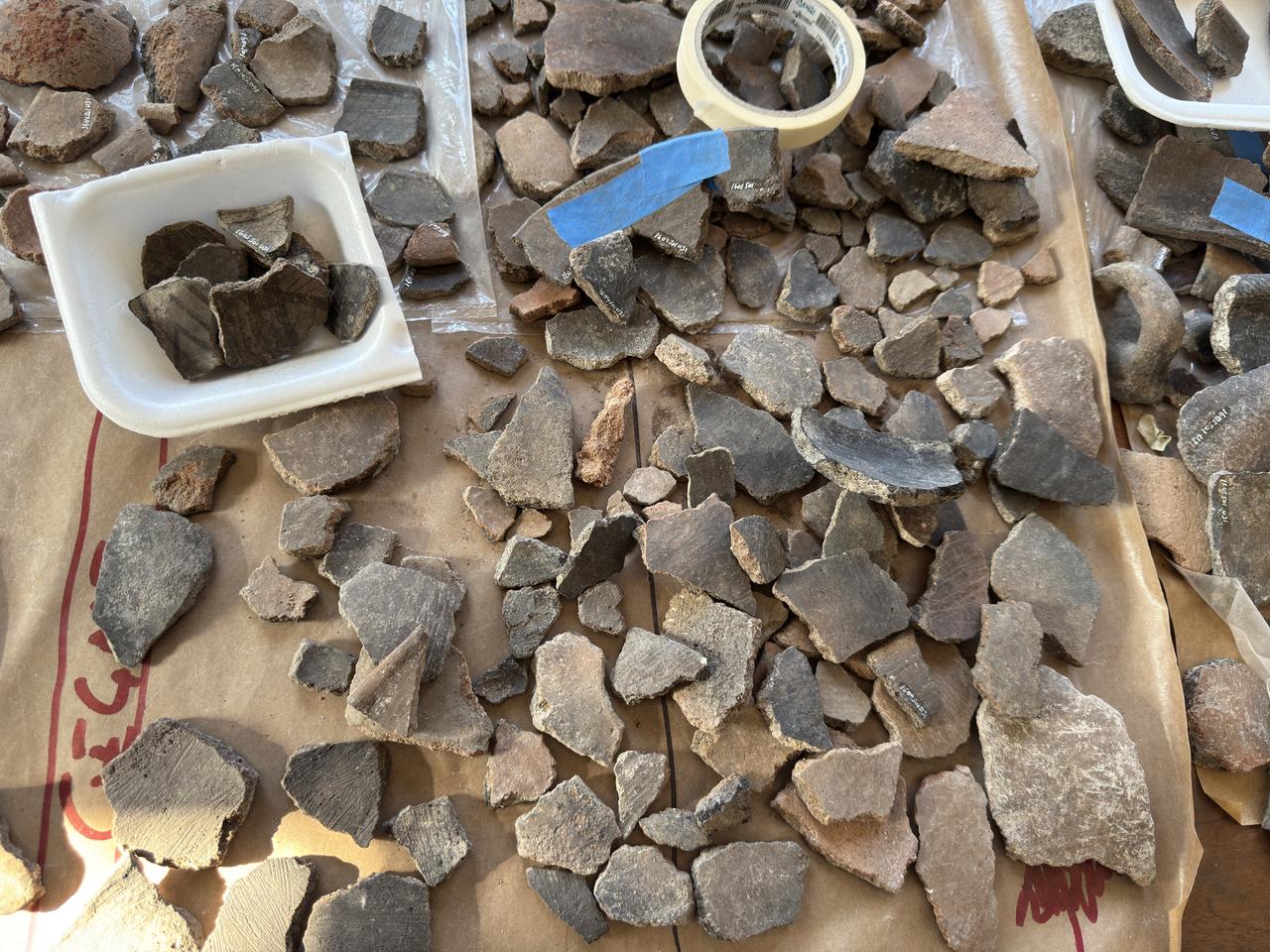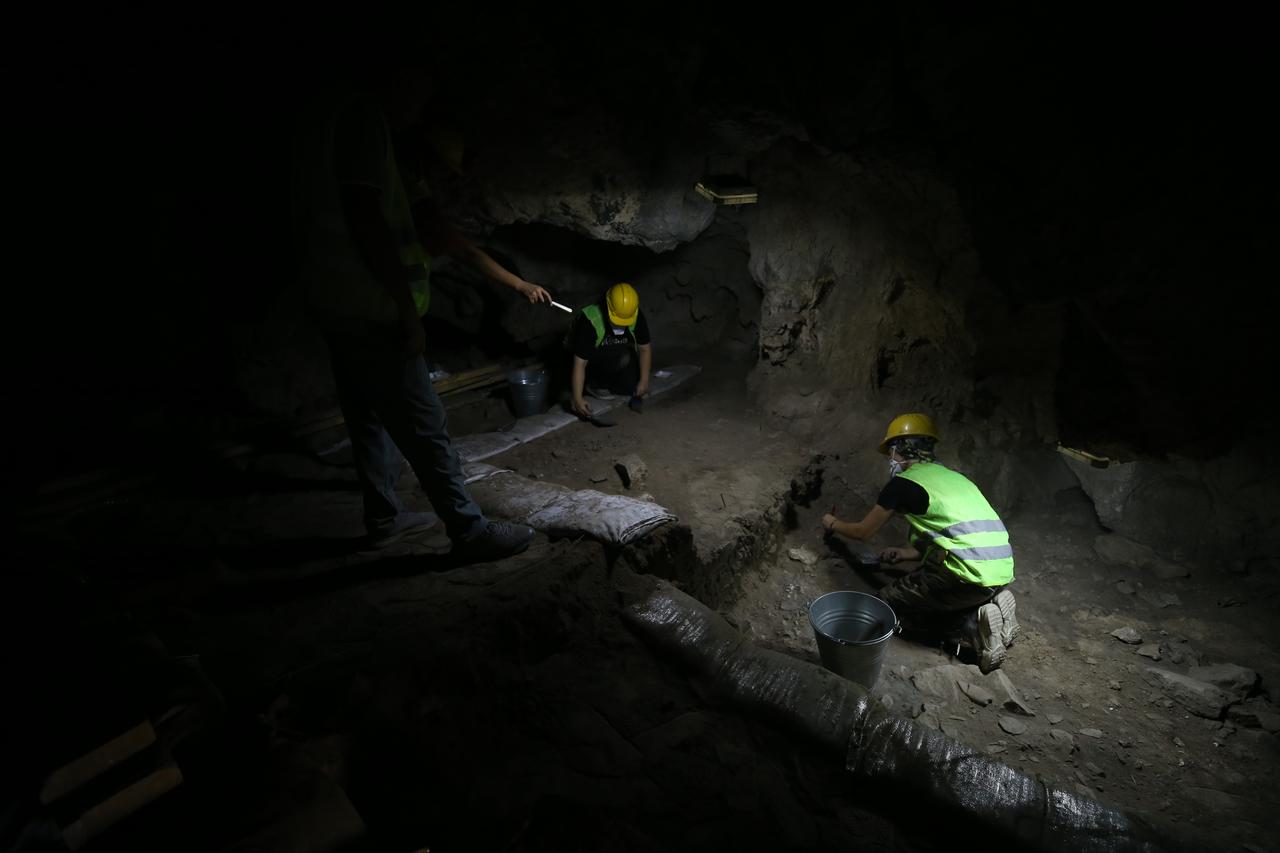
Balikesir’s Havran district is hosting a meticulous archaeological effort as researchers trace the region’s ancient past in Andik Cave.
Located about 2 kilometers (1.24 miles) from the Inonu neighborhood, atop Kocacal Tepe, Andik Cave was first discovered in 1949 by Professor Kilic Kokten.
The excavation team from Canakkale Onsekiz Mart University, led by Professor Derya Yalcikli, navigates rugged terrain with mules carrying water supplies to reach the 59-meter-deep cave.
Supported by the Ministry of Culture and Tourism, Balikesir Kuvayi Milliye Museum, and local municipalities, the team conducts detailed digs in multiple galleries within the cave.

Yalcikli explains that the cave reveals intensive prehistoric settlement layers, particularly from the Neolithic (New Stone Age) and Chalcolithic (Copper Age) periods. “We have identified detailed layers dating back to prehistoric times,” she says.
Later phases include the Late Bronze Age, the Archaic period around 546 B.C., and ritual uses during the Byzantine era after 1.204 A.D. More recently, the cave served as an animal pen, showing continuous human activity.

Daily life artifacts such as ceramic vessels, stone, and bone tools have been recovered.
Carbon dating indicates occupation as early as 6,700 B.C., marking one of the earliest known settlements in the region. Researchers have identified living areas, hearths, and floor formations across different galleries, offering rare insights into early Neolithic and Chalcolithic communities in Türkiye.
Yalcikli noted that the excavation could continue for decades, with potential layers predating those currently explored.
“Our current work focuses on little-known periods in this region, providing major contributions to the understanding of early settlements,” she added.

Havran Mayor Emin Ersoy emphasizes the cave’s cultural importance and its potential to boost tourism.
The municipality supports the project and anticipates that careful development could turn Andik Cave into a significant attraction, complementing Havran’s natural beauty and agricultural heritage.